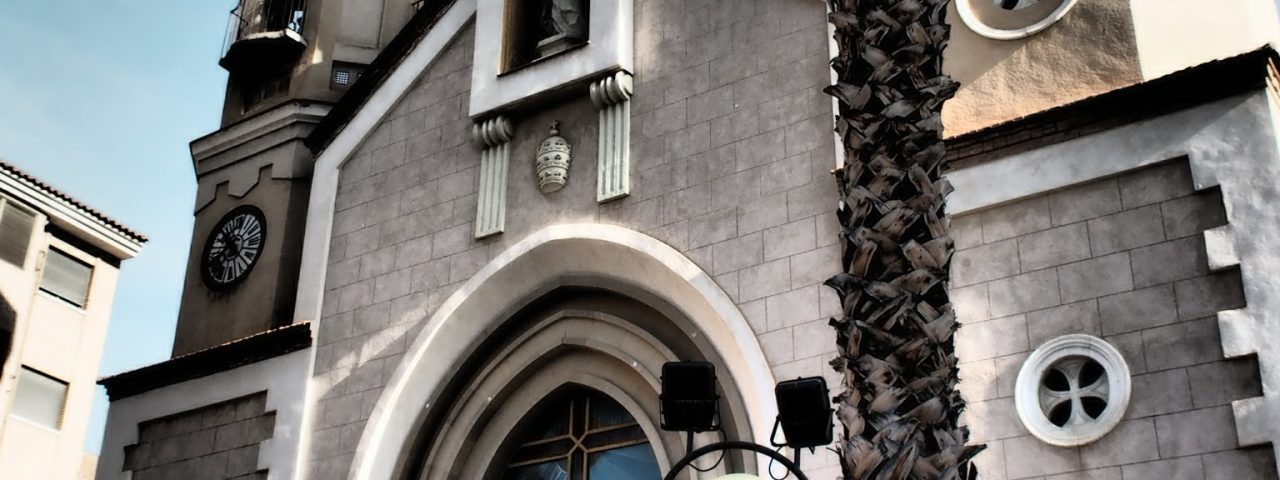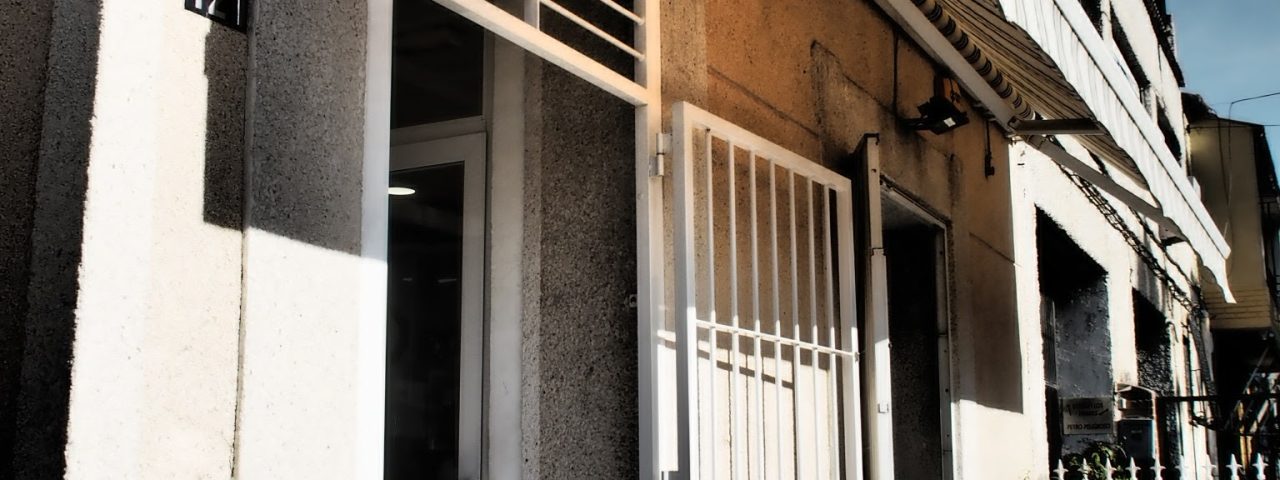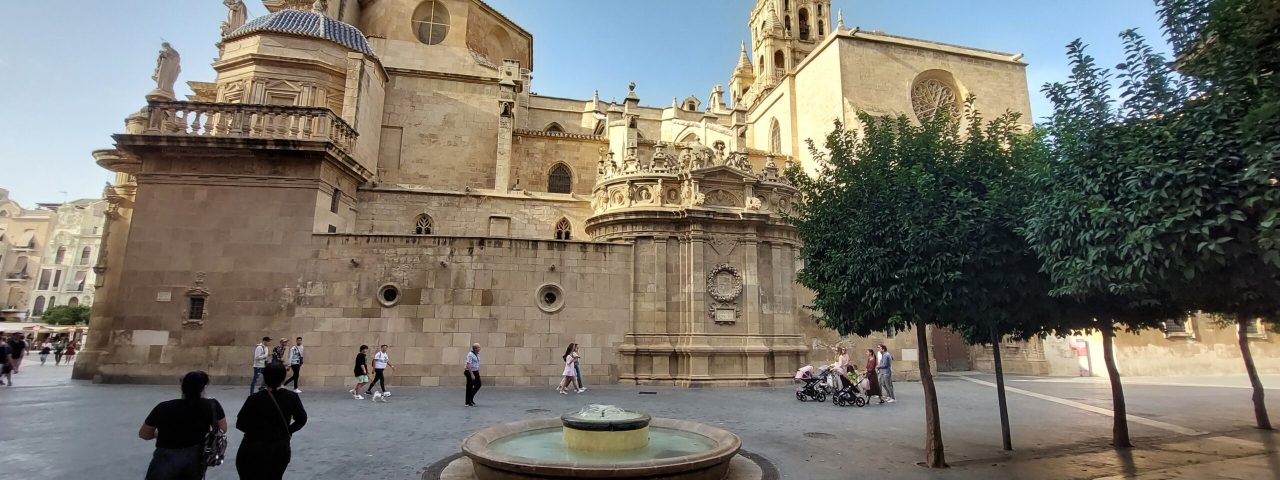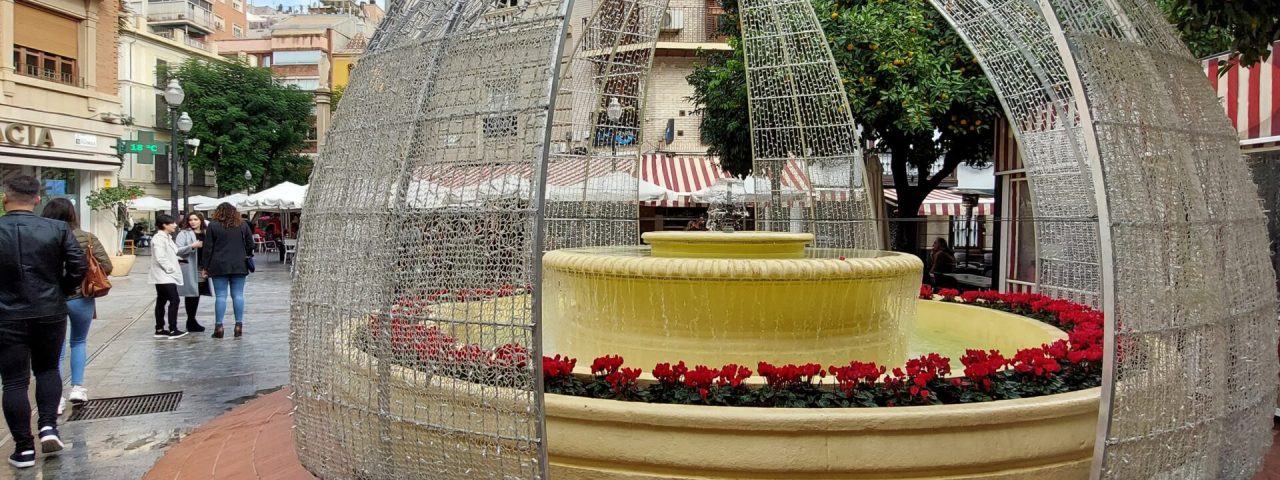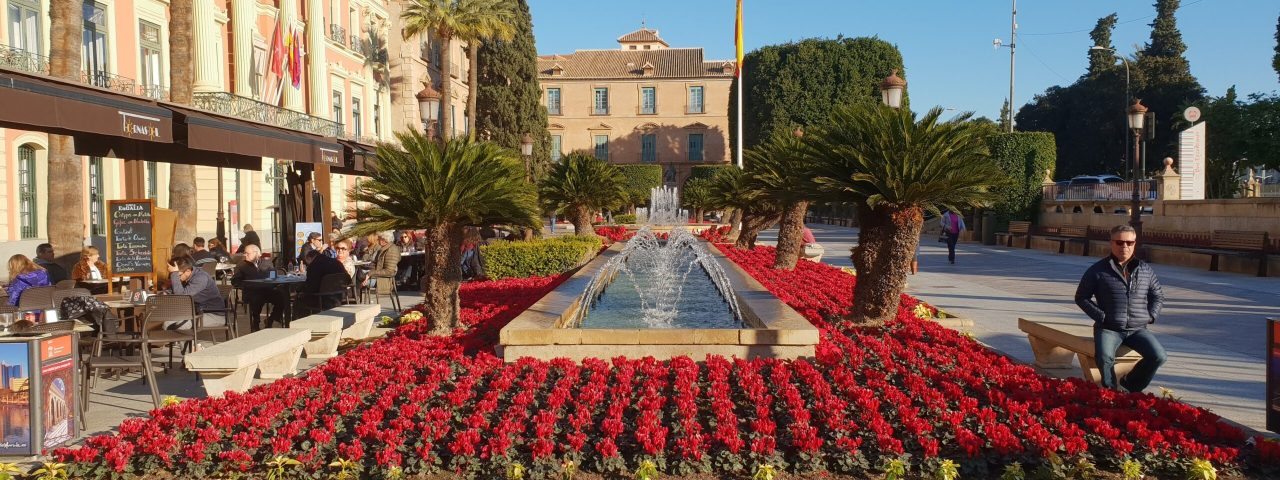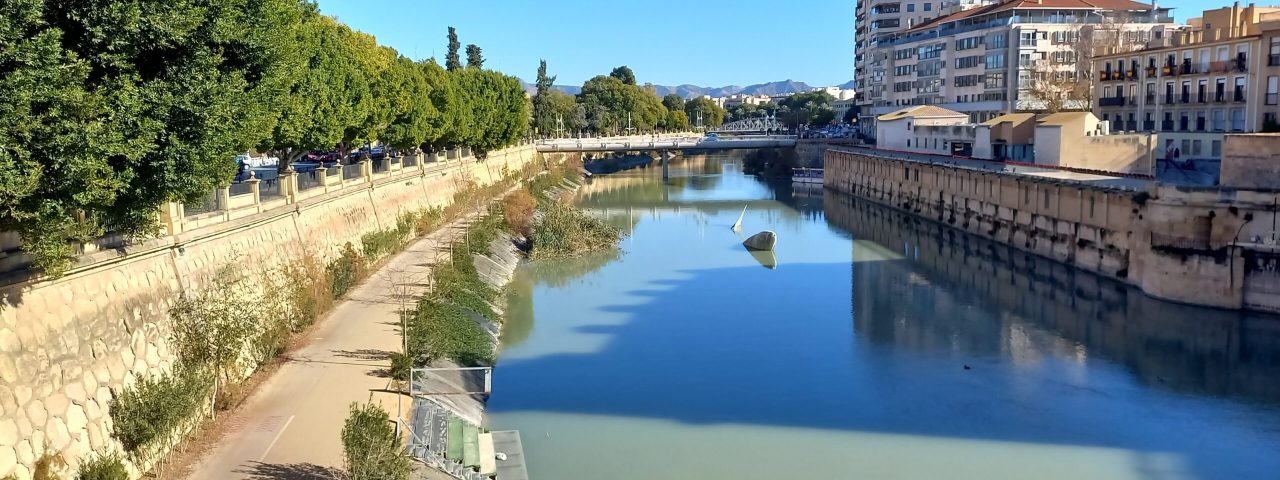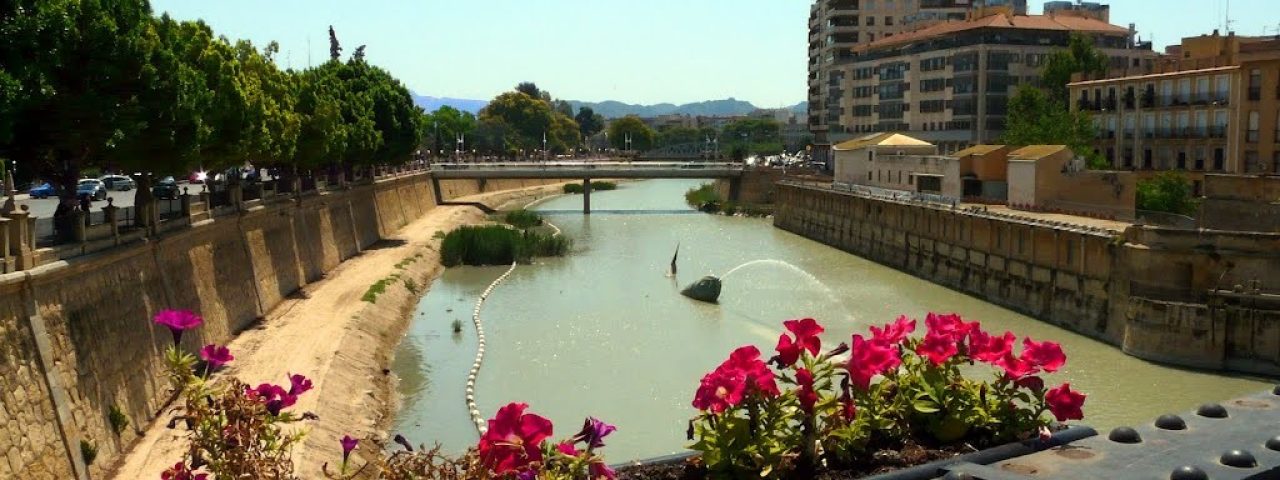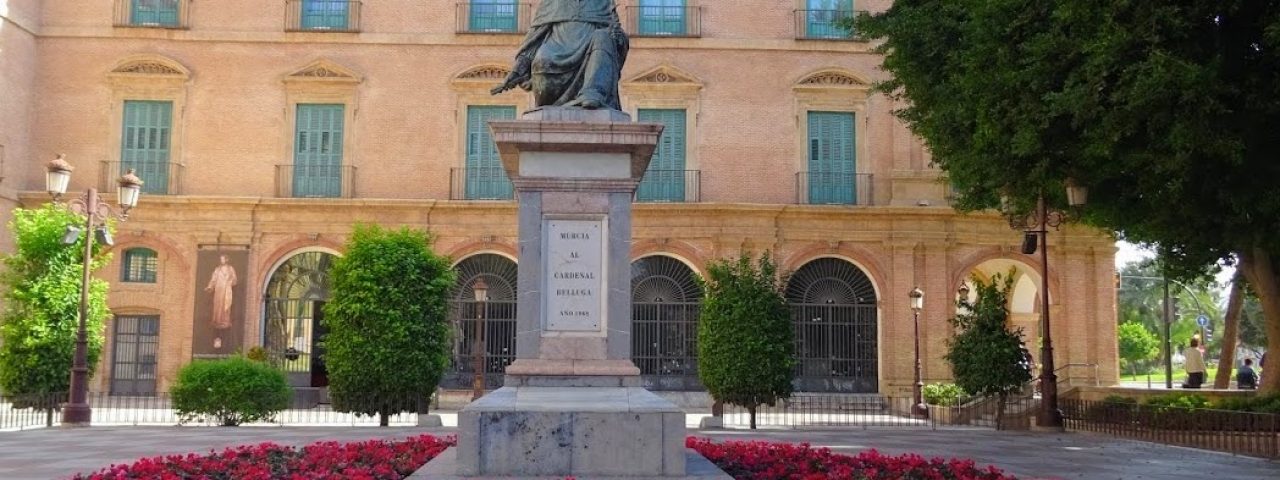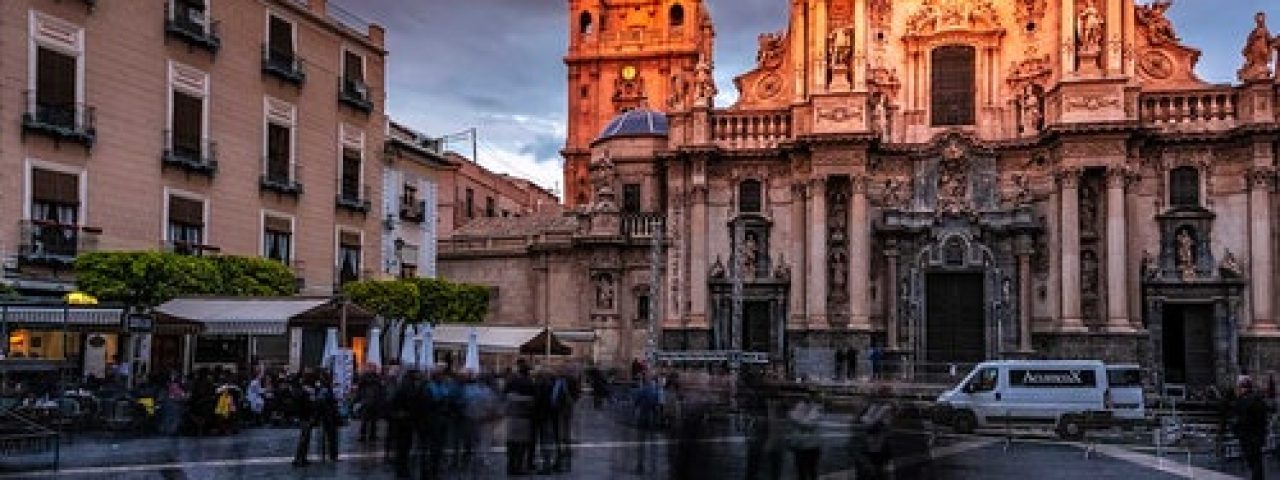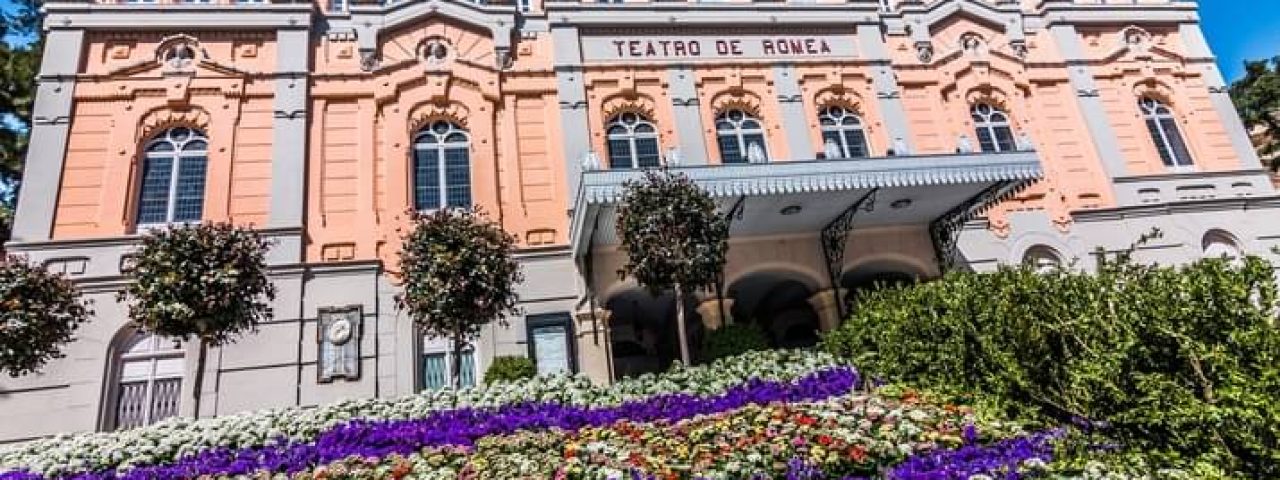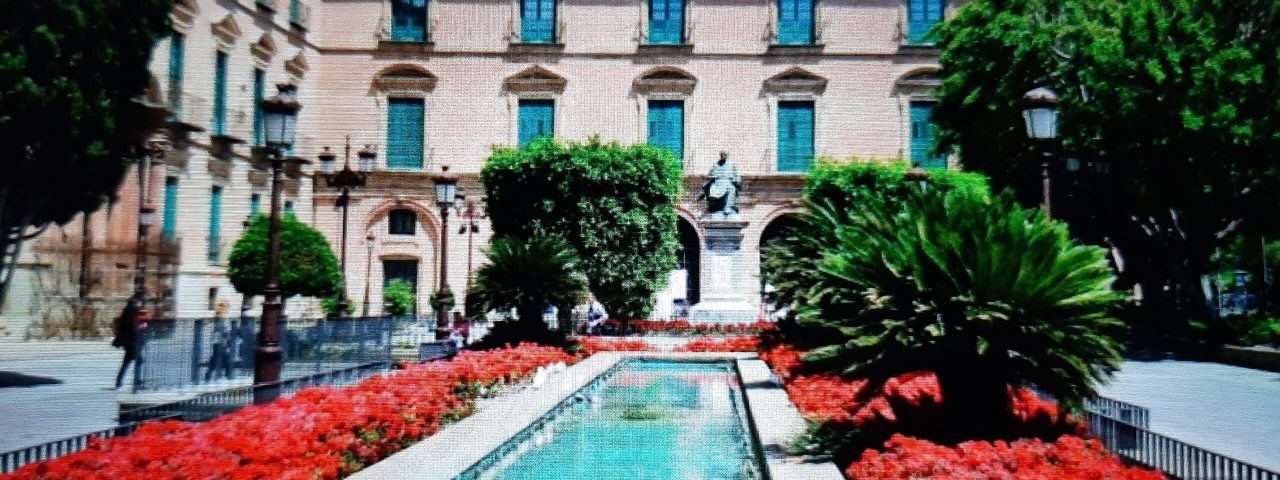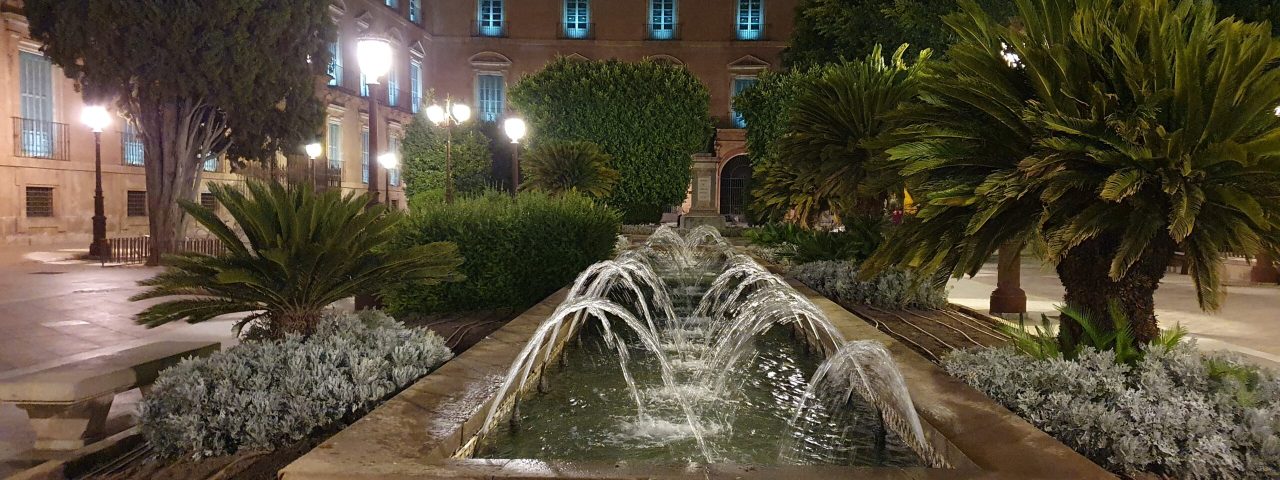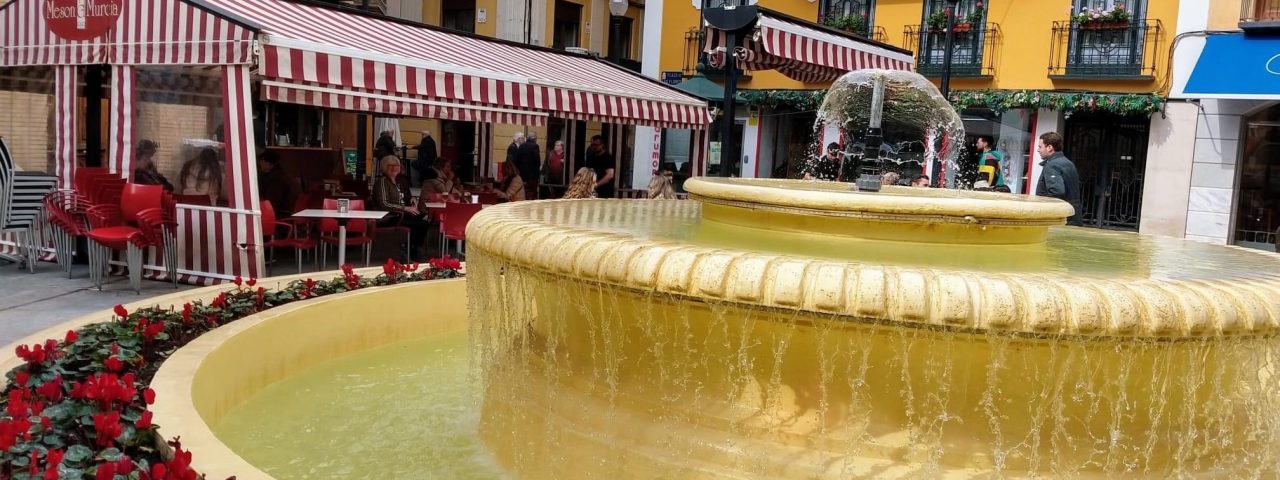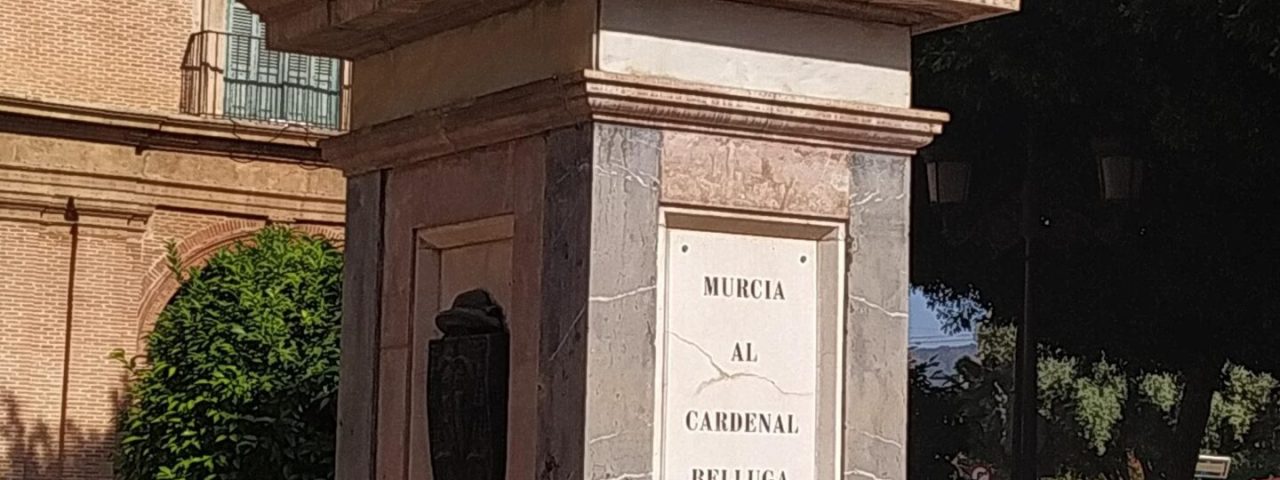:::::Quick overview:::::
Murcia, a hidden gem in southeastern Spain, offers a perfect fusion of Mediterranean charm, rich cultural history, and modern infrastructure—making it an ideal destination for tourists, event organizers, and business travelers alike. Nestled between the bustling regions of Valencia and Andalusia, Murcia combines historical allure with contemporary amenities in a setting that remains refreshingly authentic and less saturated by mass tourism. Whether you are looking to host a corporate conference in a modern venue, organize an outdoor festival under sunny skies, or simply discover unspoiled beauty, Murcia delivers a memorable experience.
The region boasts over 3,000 hours of sunshine per year, ensuring pleasant weather for most of the year. Its diverse landscape—ranging from sun-drenched beaches and fertile valleys to arid hills—creates a stunning backdrop for a wide range of activities and events. Add to that a friendly population, exquisite local cuisine, and a calendar full of traditional festivals, and it’s easy to see why Murcia is rapidly gaining popularity on the tourism and events map.
For visitors in search of a more relaxed alternative to Spain’s more commercialized coastal cities, Murcia offers the perfect balance. The city and surrounding region retain a laid-back atmosphere while still providing excellent hospitality, infrastructure, and connectivity. It’s a place where tradition meets innovation, making it particularly attractive for cultural festivals, destination weddings, agricultural trade shows, and sports competitions.
:::::Geographical Location and Climate:::::
Murcia is located in the southeast of Spain, between the regions of Andalusia and Valencia. The city of Murcia, which is also the regional capital, lies inland along the Segura River but is only about 45 km from the Mediterranean coastline. This proximity to both the sea and the mountains gives the area a remarkable variety of natural landscapes, from the fertile plains of the Huerta de Murcia to the mountainous sierras and serene beaches of the Costa Cálida (“Warm Coast”).
Notable nearby geographical features include the Sierra Espuña mountain range, which offers fantastic hiking opportunities, and the Mar Menor—a saltwater lagoon that’s a paradise for water sports and wellness tourism. The regional capital, also called Murcia, is within a short drive from major cities like Alicante and Cartagena, the latter being a coastal city with Roman and naval heritage.
Murcia enjoys a semi-arid Mediterranean climate, characterized by long, hot summers and mild winters. Rainfall is sparse and usually concentrated in the spring and fall. The best times to visit are from March to June and from September to early November, when temperatures are comfortable, and outdoor activities can be enjoyed to the fullest. Summer months are ideal for beachgoers, though temperatures can often exceed 35°C.
:::::History and Culture:::::
Murcia’s history is a fascinating mosaic of influences. Founded in 825 AD by the Moors under the name Mursiyah, it developed as an important agricultural and trading center. After the Christian Reconquista in the 13th century, Murcia became part of the Kingdom of Castile and later flourished as a frontier city where Islamic, Christian, and Jewish cultures coexisted. Traces of Roman and Carthaginian settlements can also be found in the region, particularly in Cartagena, which was once a major Roman port.
Culturally, Murcia is known for its strong religious and folk traditions. One of the most iconic events is the “Semana Santa” (Holy Week) celebration, where intricately detailed processions fill the streets with music, candlelight, and centuries-old tradition. Another key cultural highlight is the “Bando de la Huerta,” a springtime festival that celebrates Murcia’s agricultural heritage with parades, traditional costumes, and food fairs.
Local customs often reflect the agricultural roots of the region, with celebrations tied to planting and harvest cycles. Handicrafts, especially pottery and esparto grass weaving, are still practiced in rural areas. Music and dance, particularly Flamenco and local folk styles, play a central role in community gatherings and fiestas. Historical landmarks such as the Cathedral of Murcia, the Real Casino de Murcia, and the Sanctuary of the Fuensanta underscore the city’s rich architectural and spiritual heritage.
:::::Architecture and Attractions:::::
Murcia’s architecture reflects its layered history, combining Islamic foundations, Gothic grandeur, Baroque embellishments, and modernist elegance. The Cathedral of Murcia, built between the 14th and 18th centuries, is a masterpiece of Spanish Gothic and Baroque fusion, boasting a bell tower that dominates the city skyline. Equally impressive is the Real Casino de Murcia, a 19th-century building featuring a stunning blend of neo-Baroque, Moorish, and Art Nouveau styles.
For history enthusiasts, the Roman Theatre of Cartagena is a must-see, as are the city’s many archaeological sites and maritime museums. Murcia also offers a wealth of green spaces and nature parks, such as the Floridablanca Garden (one of Spain’s oldest public gardens) and the regional park of Carrascoy and El Valle, ideal for hiking, picnics, and birdwatching.
Modern attractions include contemporary art galleries, shopping centers, and a lively gastronomy scene. For families, Terra Natura Murcia—a zoo and water park complex—is a popular destination. Along the coast, resorts like La Manga del Mar Menor attract sunseekers and water sports fans, while charming seaside towns like Águilas and Mazarrón offer a more relaxed, traditional atmosphere.
:::::Economy and Key Industries:::::
Murcia’s economy has long been driven by agriculture, particularly thanks to the fertile Segura River valley. Known as “Europe’s orchard,” the region is a major exporter of fruits, vegetables, and flowers, with products such as lemons, tomatoes, lettuce, and almonds reaching markets across the continent. The agri-food industry continues to be a cornerstone of the local economy, supported by modern processing and logistics infrastructure.
Tourism has seen significant growth in recent decades, fueled by the region’s natural beauty, historical landmarks, and sunny climate. Murcia also benefits from rural and health tourism, particularly around the Mar Menor and nearby spas. Other key industries include logistics, renewable energy, and increasingly, technology and education, thanks in part to institutions like the University of Murcia and the Polytechnic University of Cartagena.
Local craftsmanship and artisanal production also contribute to the region’s economy. Esparto products, ceramics from Totana, and wines from the Bullas, Yecla, and Jumilla DOs (Denominations of Origin) are highly valued. These products often find their way into local markets and are celebrated during regional festivals and fairs.
:::::Local Cuisine:::::
Murcia’s gastronomy is a vibrant reflection of its agricultural richness and cultural diversity. Local cuisine emphasizes fresh vegetables, olive oil, seafood, and rice, creating hearty yet flavorful dishes. “Zarangollo,” a scramble of zucchini, onion, and eggs, is a regional classic, while “Caldero del Mar Menor,” a rice dish made with fish broth and ñora peppers, showcases coastal influences.
Other must-try dishes include “Pastel de carne” (a savory meat pie), “Migas” (breadcrumbs fried with sausage and vegetables), and “Ensalada murciana” (a cold tomato and tuna salad perfect for summer). Tapas culture is strong in Murcia, with local bars offering an array of small bites accompanied by regional wines or “Estrella de Levante,” the local beer.
Murcia’s wine scene deserves special mention. The region is home to three prestigious wine appellations—Bullas, Yecla, and Jumilla—known especially for robust red wines made from the Monastrell grape. Food markets like Mercado de Verónicas in Murcia city are perfect spots to discover local flavors, while numerous food festivals and culinary events take place throughout the year.
:::::Transportation and Accessibility:::::
Murcia is well-connected by air, road, and rail, making it easily accessible for both domestic and international travelers. The Región de Murcia International Airport (RMU), located just 25 km from the capital, offers regular flights to major European cities. Alicante-Elche Airport, less than an hour’s drive away, serves as a major hub with extensive international connections.
The region is also served by high-speed trains (AVE) and regional rail services, linking Murcia with Madrid, Valencia, and beyond. The local bus network is reliable and connects the capital with smaller towns and coastal areas, while city buses and taxis provide easy mobility within urban areas.
Murcia is an ideal destination for road trips, with a network of modern highways and scenic routes leading to beaches, mountains, and historic villages. Car rental services are widely available, and the compact size of the region allows travelers to explore diverse landscapes without long drives.
:::::Event Opportunities and Venues:::::
Murcia offers an impressive variety of venues for events, ranging from high-tech conference centers to historic palaces and open-air locations. The Auditorio Víctor Villegas, Murcia’s leading conference and performing arts center, can host large-scale business and cultural events. The Real Casino de Murcia, with its stunning architecture, is ideal for more exclusive gatherings, receptions, or gala dinners.
Open-air venues like the Malecón Gardens or the coastal promenades of Águilas and Cartagena are popular for festivals, concerts, and sports events. Annual highlights include the International Festival of Cante de las Minas (a prestigious Flamenco event), the Murcia Jazz Festival, and the Cartagena Jazz and Sea Festival.
For business events, Murcia provides a wide range of hotels with conference facilities, including the Occidental Murcia Siete Coronas, Hotel Nelva, and AC Hotel Murcia. These establishments offer modern amenities, central locations, and hospitality services tailored to both large and small groups.
:::::Population and Demographics:::::
The Region of Murcia is home to approximately 1.5 million people, with around 460,000 living in the capital city. The population is largely Spanish, but in recent years, Murcia has become increasingly diverse, welcoming immigrants from Latin America, North Africa, Eastern Europe, and the UK. This multicultural blend adds vibrancy to the local culture and workforce.
Murcia has a relatively young population compared to other regions of Spain, due in part to its universities and growing job opportunities. This youthful energy contributes to a dynamic urban atmosphere and a thriving cultural scene.
Rural depopulation is an ongoing concern in some interior areas, but coastal and urban centers continue to see population growth, particularly from international residents drawn by the quality of life and climate. The expat community is particularly strong in coastal towns such as Los Alcázares and Mazarrón.
:::::Current Trends or Developments:::::
Murcia is undergoing exciting transformations, particularly in the realms of infrastructure, sustainability, and cultural revival. Recent projects include the expansion of the tram network in Murcia city, modernization of regional highways, and the continued development of the Región de Murcia International Airport as a key gateway to southeastern Spain.
There is a growing emphasis on green tourism and sustainable development. Initiatives are underway to protect the Mar Menor lagoon, enhance natural parks, and promote eco-friendly tourism practices. Meanwhile, the city of Murcia is investing in smart city technologies and public spaces to improve quality of life and attract digital nomads and startups.
On the cultural front, the region is supporting arts and heritage preservation with the restoration of historic sites and the promotion of local festivals on the international stage. Murcia’s increasing visibility as a film location and as a hub for agricultural and culinary innovation are also helping to shape a modern, forward-looking identity for the region.
